木工具の歴史は古くて、古墳時代以前にさかのぼると言われている。今僕たちの身近にある工具は、中国大陸や朝鮮半島から渡ってきて、それが改良されて現在に至っていると考えられている。その時に工具だけでなく当時の高い技術や上手に使う人々も日本に渡ってきた。もちろんそれらを学ぶために海を渡った日本人もいたはず。そう考えると工具を知る事は歴史を知る事でもある。なかなかお面白いですよね!
そして取り入れられた技術や工具は、次第に日本人のものとなって日本独特の文化を創り出すようにもなった。昔の人達は、物を作り出す作業の中で失敗したことや成功したことを、次の時代の人々に伝達してきたのだ。受け継いだ人達はその経験の上に新たな経験を加えて再び次の時代の人々に伝え、時代から時代へと引き継がれて今に至る。僕たちが取り組もうとしている、木工や木使い技術の多くは、先人たちの努力と貴重な経験によるもので、現代の科学で解明されたものもあるけれど、まだ解明されていないものも多くある。理由は分からないけれど「こうやればうまくいく!」とか、「よくできる!」とかいうものがある。お~深いですね。
現代の僕たちはこの貴重な事柄を学び取る事が出来る。特に「かんな(鉋)」、「のこ(鋸)」、「のみ(鑿)」、「げんのう(玄能)」は良く使われているし、慣れ親しんできた道具だと思う。そんな木工具や使い方の基本を私の経験を基に、出来るだけ分かりやすく伝えていく。そして伝統は受け継ぐだけだと廃れてしまう、新しいものみ受け入れる事で伝統が引き継がれるという考えが大切!このブログを読んでくれる、木工初心者の方や、DIYが好きな方や、セルフビルドを始めたいと考えている方は、きっと木が好きで心優しい人が多いと思う。そんな方々を今日から「仲間」と勝手に呼ばせてもらう(^^)是非一緒に学びながら、日本の伝統文化を継承していこう。
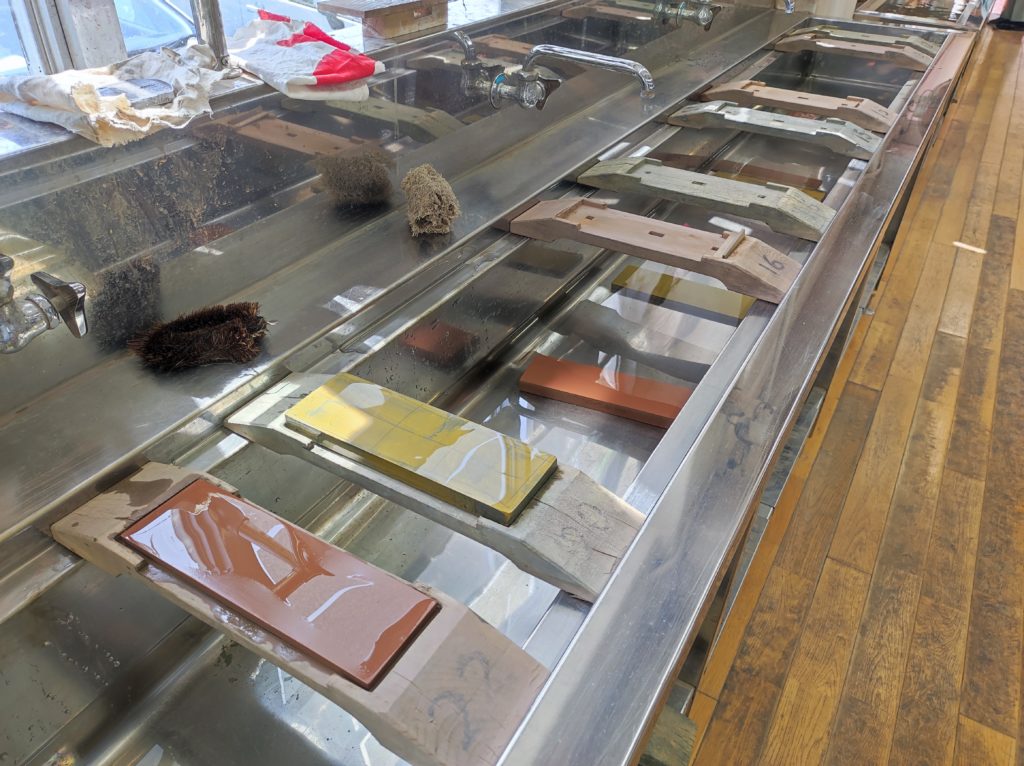
The history of carpentry tools is said to date back to before the Kofun period. The tools we are familiar with today are believed to have been brought over from the Chinese mainland and the Korean Peninsula and improved upon in Japan. Along with these tools, people who were skilled in their use also came to Japan, and of course, some Japanese people also traveled overseas to learn. Thus, learning about tools is also a way to understand history, which is quite fascinating. The technology and tools that were adopted gradually became Japanese and contributed to the creation of Japan’s unique culture. Those in the past passed on their successes and failures in making things to the people of the next generation. Those who inherited this knowledge added new experiences on top of it and passed them on to the next generation, and this continued from era to era to the present day. Many of the woodworking and woodcraft techniques we tackle today are the result of the efforts and precious experiences of our predecessors. Some have been scientifically explained, but many have not. We do not know why, but there are some things like “If you do it this way, it works well!” or “It can be done superbly!” that are not yet explained but have been passed down through generations. We can learn from these precious things today. The “kanna”, “noko”, “nomi”, and “gennou” in particular are frequently used and familiar tools. I want to convey the basics of these carpentry tools and how to use them as clearly as possible based on my experience. It is important to remember that tradition will not be sustained just by inheriting it; accepting new things is essential in keeping traditions alive. I believe that many of you who read this blog are beginners in carpentry, love DIY, or are interested in starting self-building projects, and are likely kind-hearted people who love wood. I would like to call you all my “comrades” from now on. Let’s learn together and continue to pass down Japan’s traditional culture.


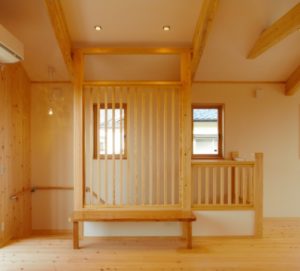
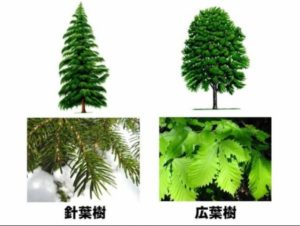
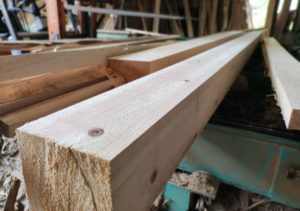
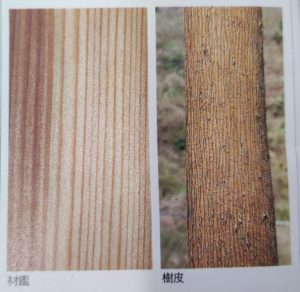
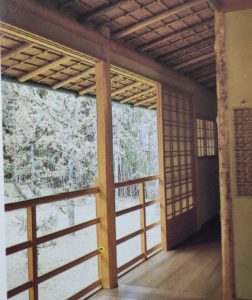
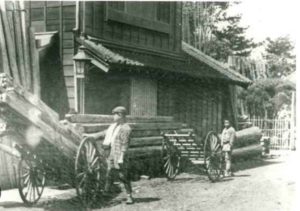
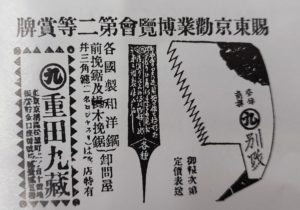
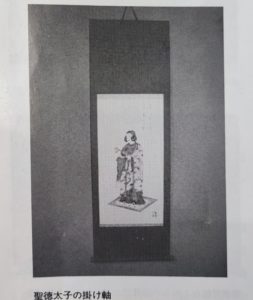
コメント